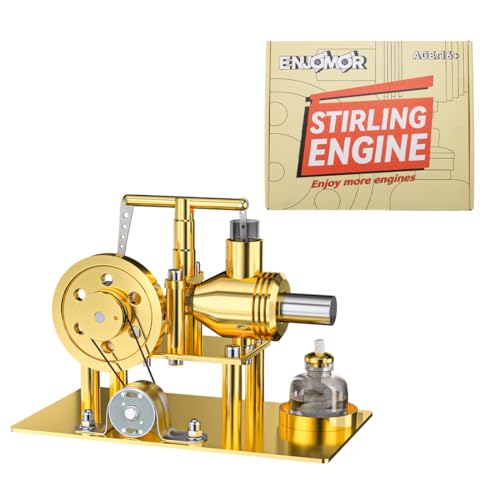Johnvankoeveringe
Junior Member
- Joined
- Mar 1, 2011
- Messages
- 7
- Reaction score
- 2
Hi John
I watched your video and was able to capture the big spark in a still pic.
I'm in the process off putting it together today .
Thanks again for all the help and sharing.
John VK.
I watched your video and was able to capture the big spark in a still pic.
I'm in the process off putting it together today .
Thanks again for all the help and sharing.
John VK.

























![MeshMagic 3D Free 3D Modeling Software [Download]](https://m.media-amazon.com/images/I/B1U+p8ewjGS._SL500_.png)




![Learning AutoCAD Civil 3D 2014 [Online Code]](https://m.media-amazon.com/images/I/51F3yi9fokL._SL500_.jpg)





![DreamPlan Home Design and Landscaping Software Free for Windows [PC Download]](https://m.media-amazon.com/images/I/51kvZH2dVLL._SL500_.jpg)






























